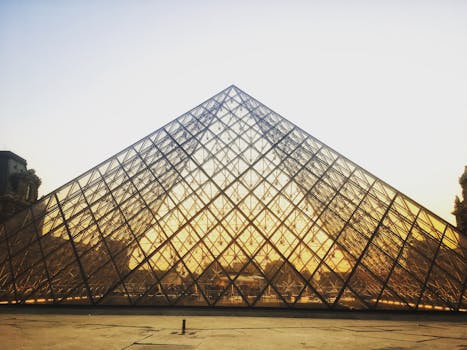
Traveling Through Time: How Europe’s Historical Heritage Shapes Modern Lifestyles in 2025
Traveling Through Time: How Europe’s Historical Heritage Shapes Modern Lifestyles in 2025. Europe, a continent steeped in history and tradition, has a profound impact on the modern lifestyles of its inhabitants. From the ancient ruins of Greece and Rome to the medieval castles of England and France, Europe’s historical heritage is a rich tapestry that continues to shape the way people live, work, and interact with one another. In this article, we will explore the ways in which Europe’s historical heritage influences modern lifestyles, from architecture and cuisine to art and culture.
Architecture and Urban Planning
One of the most visible ways in which Europe’s historical heritage shapes modern lifestyles is through architecture and urban planning. Many European cities, such as Paris, Rome, and Barcelona, have preserved their historic centers, with narrow streets, grand piazzas, and iconic landmarks like the Eiffel Tower and the Colosseum. These historic districts are not only popular tourist destinations but also thriving residential and commercial areas, with modern shops, restaurants, and offices nestled alongside ancient buildings. The preservation of these historic centers has helped to maintain a sense of community and continuity, with modern lifestyles blending seamlessly with the past.
Cuisine and Food Culture
European cuisine is famous for its diversity and richness, with each country and region boasting its own unique flavors, ingredients, and cooking techniques. From the pasta dishes of Italy and the tapas of Spain to the fine wines of France and the beers of Germany, European food culture is a reflection of the continent’s historical heritage. Many traditional dishes have been passed down through generations, with modern chefs and restaurants putting their own twist on classic recipes. The preservation of traditional cuisine has helped to maintain cultural identity and community, with mealtimes often serving as an opportunity for socializing and bonding.
Art and Culture
Europe’s historical heritage has also had a profound impact on the continent’s art and culture. From the Renaissance masterpieces of Leonardo da Vinci and Michelangelo to the modern art movements of Cubism and Surrealism, European art has been shaped by the continent’s rich history and cultural traditions. Many museums and galleries, such as the Louvre in Paris and the Uffizi in Florence, are housed in historic buildings and showcase an incredible array of artistic treasures. The preservation of these cultural institutions has helped to maintain a sense of cultural identity and continuity, with modern artists and musicians drawing inspiration from the past.
Modern Lifestyles and Historical Heritage
Despite the many advances of modern technology and globalization, Europe’s historical heritage continues to shape modern lifestyles in profound ways. From the architecture of our cities to the food we eat and the art we create, the past is always present, influencing the way we live, work, and interact with one another. As we look to the future, it is clear that Europe’s historical heritage will continue to play a vital role in shaping modern lifestyles, with the continent’s rich cultural traditions and historical landmarks remaining an essential part of its identity and appeal.





